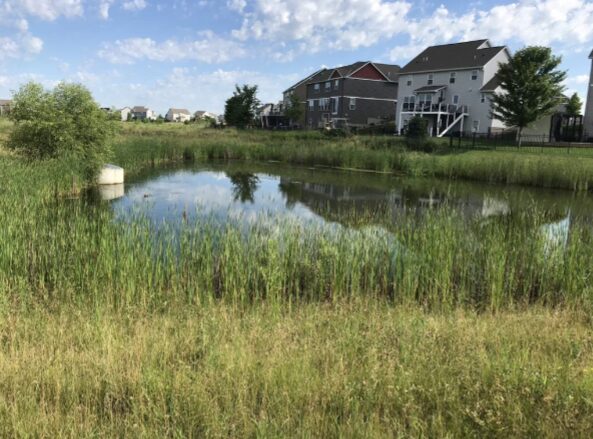Climate Adaptation
By: John Towndrow, Chair, Transition Cornwall+
As many of you may know Cornwall has been implementing its Climate Action Plan over the past couple of years, however, even if the world stopped using fossil fuels tomorrow, we would all still have to adapt to the effects of a changing climate.
That is why, at a recent council meeting, Cornwall City Councillors endorsed the Climate Resilient Cornwall, the City’s plan dedicated to climate adaptation.
As citizens, we can be proud of these initiatives to address the climate crisis, but we must be aware that it will involve support from all of us to realize the goals.
This is an ambitious plan that is 70 pages long, so I have taken excerpts (full credit to Pinna Sustainability for the excerpts) directly from the plan to give you a bit of a primer on what we are facing and what the benefits of climate adaptation are.
What are we facing?
The plan shows how future climate projections are expected to affect Cornwall, including:
- Milder winters with more rain and freezing rain
- Hotter summers with more extremely hot days and warmer nights
- Warmer shoulder seasons (spring and fall) and fewer days below zero, which may reduce freeze-thaw cycles
It also assesses the risks of key climate hazards—like extreme heat, drought, flooding—and identifies 10 potential impacts that pose an extreme level of risk, and 16 that pose a high level of risk. Some of the top risks include:
- Extreme heat: More people can get sick from heat
- Invasives, pests and disease: Higher risk of diseases like Lyme disease due to ticks and other pests moving north
- Flooding: Damage to roads, bridges, pipes, homes, and businesses, especially in low-lying areas
- Storms: More damage to buildings and power lines, causing service disruptions and economic impacts, and impacts to water quality from increased run-off
Direct Costs
- Damage to hard infrastructure and buildings (e.g., repair and replacement after a flood event).
- Increased wear and tear on infrastructure, leading to higher operations and maintenance costs.
- Physical and mental health impacts (e.g., medical treatment costs after extreme heat events and smoke).
- Damage to ecosystems (e.g., loss of tree canopy after windstorms, reducing ecosystem services).
- Economic and health impacts of forest fires
Indirect Costs
- Disruption or interruption of critical services (e.g., water supply and waste management).
- Worker absenteeism due to damaged transportation networks.
- Rising insurance premiums for flood-prone buildings.
- Long-term physical and mental health consequences.
- Economic losses for businesses reliant on directly affected
industries.
There is evidence showing how proactive adaptation action can have a high return on investment. For example, the Canadian Climate Institute finds that “… each dollar invested in adaptation returns $13-$15 in direct and indirect benefits” and that when adaptation measures are combined with mitigation; the future costs of climate change could be reduced by 75%.
In another study for the Canadian Climate Institute, researchers looked at 60 different ways to adapt to climate hazards like flooding, drought, loss of forests, extreme heat, and poor air quality. They found that “soft” adaptation actions (e.g., changes to planning and pest control practices) were more cost-effective than “hard” or engineered options
(e.g., dikes and sea walls).
This is a lot to take in and many of you may ask “what does this mean for me?”. The short answer is that the City is taking the necessary action that will help to reduce the impacts that extreme rainfalls, higher temperatures, high winds and freeze-thaw cycles have on us all – whether on our health or our property or our environment.
Climate Resilient Cornwall is a guide for both the City and for us as individuals. We will all have to take personal actions as we adapt so stay tuned for future columns on this subject.

Cornwall plants at least 200 trees each year. A healthy urban tree canopy helps to both cool the city and absorb excess rainfall.

Stormwater retention ponds help to control flooding nd add biodiversity. Cornwall ncorporates them into many new developments.
The full plan can be read on the website at Cornwall.ca





